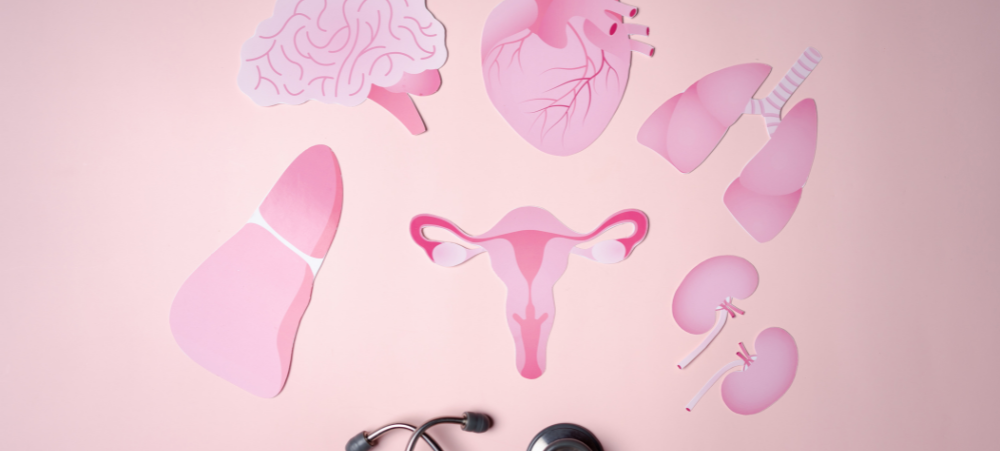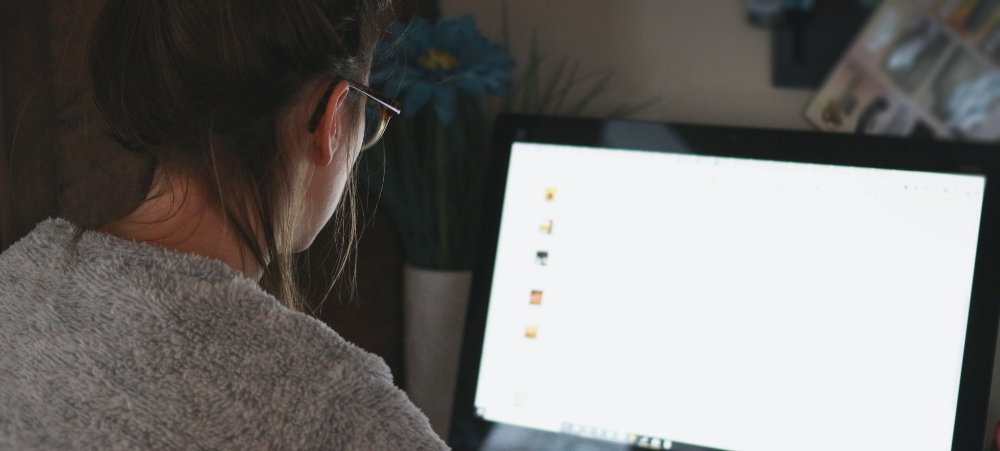
5 Beauty products every woman deserves to have in her arsenal
Women work hard. We are breadwinners, we are mothers, we are partners and homemakers. We look after everyone around us, juggle an endless number of responsibilities and still get it all done. They say there is nothing a woman cannot do – and we can’t help but agree. But even Superwoman needs some time out, which is why we believe that a self-care ritual is an essential part of every woman’s life. A little bit of “me time” every day encourages relaxation and helps recharge one’s batteries – plus – with the right beauty products at hand, it also makes you feel and look your best. Here are the five beauty products every woman deserves to have in her self-care arsenal: Tissue oil Arguably the most versatile of all beauty products, tissue oil is the number one multi-purpose product every woman should have at her disposal. Its benefits are endless – from moisturising dry skin, to minimizing scars and stretch marks, softening cuticles and even nourishing hair, tissue oil does it all. You can even add a few drops to your bath water for a luxurious (and moisturising) soak! Did you know that Bramley Tissue Oil is the number one selling tissue oil in SA? Their vast range of Tissue Oils are enriched with Bio-Pharm oil and vitamin E to intensely nourish, moisturise and protect your skin. Lightly fragranced, Bramley Tissue Oils are suitable for everyday use and offer a host of benefits without breaking the bank. Body butter It is not unusual for skin to become dry at some points during the year, even if you’re diligent about moisturising it. Sometimes a regular lotion may not be enough to relieve stubborn dryness, which is where a body butter comes in handy. A thicker formula with more intense nourishing capabilities, body butter is the ideal all-over solution to dry skin. Instantly hydrating, Bramley’s Lavender Body Butter has a lovely thick texture that leaves skin soft and supple. This body butter can be used on the body, face, hands and feet. Rich in vitamin E and Bio-Pharm oil, the intensive formulation will nourish and moisturise all skin types, whilst providing the protection your skin requires. Hand and nail cream If the pandemic taught us anything, it was the importance of regularly washing our hands. However, soap and hand sanitizer can be very drying on the skin. Throw in cold winter air and you’re likely to experience dry hands and cuticles that need some TLC. A good quality hand and nail cream is essential all year round, but can be a real lifesaver during winter. Bramley Lavender Hand & Nail Cream is enriched with vitamin E and Bio-Pharm oil to leave your hands, nails and cuticles feeling and looking moisturised and conditioned. The formula is quickly absorbed with a non-greasy feel. Roll-on Feeling fresh plays a big part in every woman’s confidence, and a roll on can make all the difference. An effective roll on gives you the peace of mind to go about your day with confidence, knowing that body odour is one less thing you have to worry about. Bramley Magnolia Roll On offers all day freshness and confidence. It protects against perspiration and combats bacteria and odour. Delicately fragranced, this deodorant will leave your skin feeling soft, velvety and fresh with a dry skin feeling. Body wash Turn your daily shower into a self-care pamper session with a beautifully fragranced body wash. A more hygienic alternative to a bar of soap, body wash is usually gentle on the skin, cleansing thoroughly without stripping any moisture, and leaves skin delicately scented. Bramley Magnolia & Vanilla Body Wash cleanses, nourishes and protects the skin while delicately scenting it with feminine notes of magnolia and vanilla orchid. Bramley products are available at PEP Stores nationwide. Bramley Tissue oils, Body Butters and Wipes are available at select Clicks, Pick ‘n Pay and Wholesale stores. Learn more at: https://bramleycosmetics.com/ Follow Bramley on social media: Facebook: Bramley Cosmetics and Toiletries (https://www.facebook.com/bramleycosmetics/) Instagram: @bramleycosmetics (https://www.instagram.com/bramleycosmetics/)


































